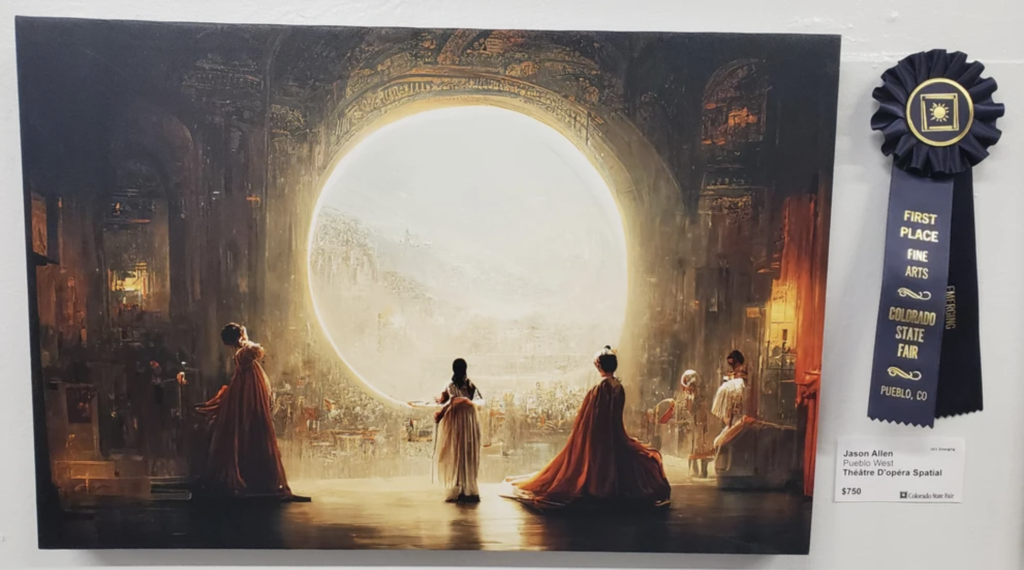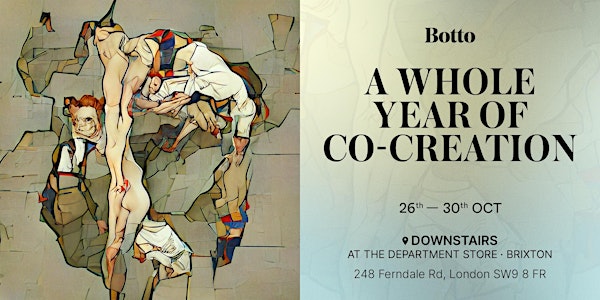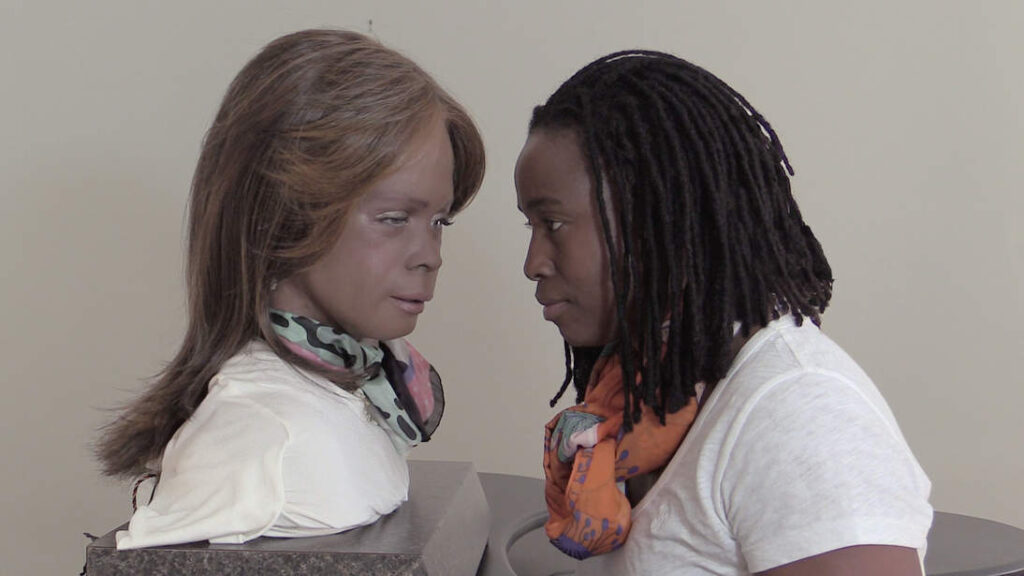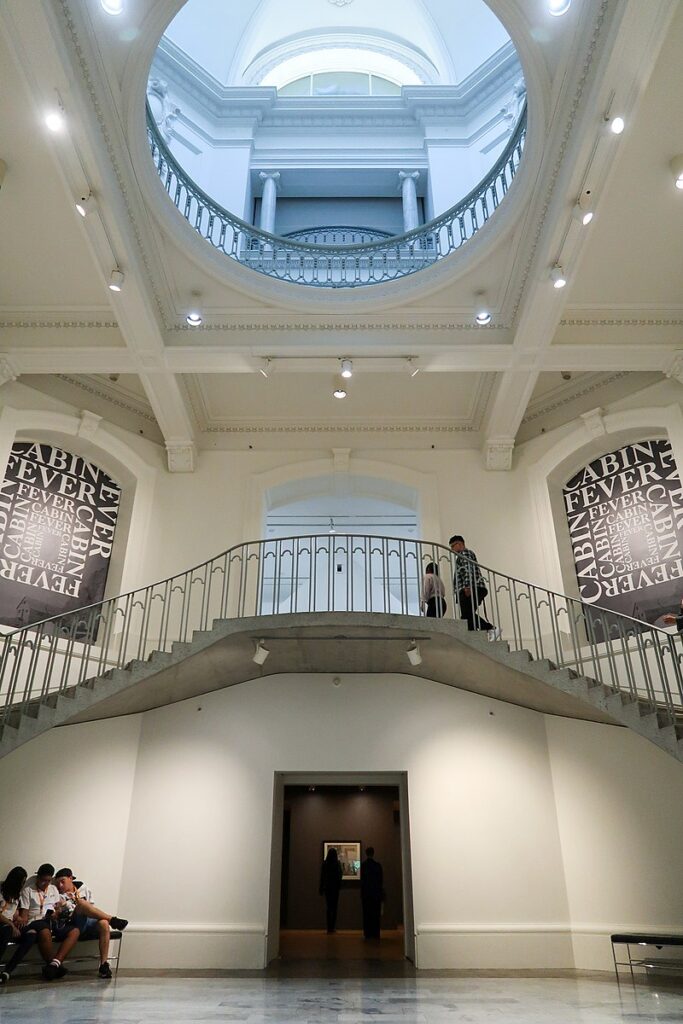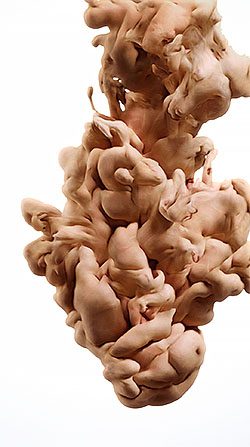Stephanie Simmons’ October 31, 2022 essay on quantum technology and Canada for The Conversation (h/t Nov.1.22 news item on phys.org) was a bit startling—not due to the content—but for the chosen communications vehicle. It’s the kind of piece i expect to find in the Globe and Mail or the National Post not The Conversation, which aspires to present in depth, accessible academic research and informed news stories (or so I thought). (See The Conversation (website) Wikipedia entry for more.)
Simmons (who is an academic) seems to have ‘written’ a run-of-the-mill public relations piece (with a good and accessible description of quantum encryption and its future importance) about Canada and quantum technology aimed at influencing government policy makers while using some magic words (Note: Links have been removed),
Canada is a world leader in developing quantum technologies and is well-positioned to secure its place in the emerging quantum industry.
Quantum technologies are new and emerging technologies based on the unique properties of quantum mechanics — the science that deals with the physical properties of nature on an atomic and subatomic level.
In the future, we’ll see quantum technology transforming computing, communications, cryptography and much more. They will be incredibly powerful, offering capabilities that reach beyond today’s technologies.
The potential impact of these technologies on the Canadian economy [emphasis mine] will be transformative: the National Research Council of Canada has identified quantum technology as a $142 billion opportunity that could employ 229,000 Canadians by 2040 [emphasis mine].
Canada could gain far-reaching economic and social benefits from the rapidly developing quantum industry, but it must act now to secure them — before someone else [emphasis mine] delivers the first large-scale quantum computer, which will likely be sooner than expected.
…
This is standard stuff, any professional business writer, after a little research, could have pulled the article together. But, it’s Stephanie Simmons whose academic titles (Associate Professor, SFU and Tier 2 Canada Research Chair in Silicon Quantum Technologies, Simon Fraser University) and position as founder and Chief Quantum Officer of Photonic, Inc. give her comments added weight. (For an academic, this is an unusual writing style [perhaps Simmons had some help?] and it better belongs in the newspapers I’ve previously cited.)
Simmons, having stoked a little anxiety with “it [Canada] must act now to secure them [economic and social benefits] — before someone else delivers the first large-scale quantum computer, which will likely be sooner than expected,” gets to her main points, from the October 31, 2022 essay,
To maintain its leadership, Canada needs to move beyond research and development and accelerate a quantum ecosystem that includes a strong talent pipeline, businesses supported by supply chains and governments and industry involvement. There are a few things Canada can do to drive this leadership:
Continue to fund quantum research: … The Canadian government has invested more than $1 billion since 2005 in quantum research and will likely announce a national quantum strategy soon [emphasis mine]. Canada must continue funding quantum research or risk losing its talent base and current competitive advantage. [Note: Canada has announced a national quantum strategy in both the 2021 and 2022 federal budgets See more under the ‘Don’t we already have a national quantum strategy? subhead]
Build our talent pipeline with more open immigration: …
Be our own best customers: Canadian companies are leading the way, but they need support [emphasis mine; by support, does she mean money?]. Quantum Industry Canada boasts of more than 30 member companies. Vancouver is home to the pioneering D-Wave and Photonic Inc., …
As noted in a previous post (July 26, 2022 titled “Quantum Mechanics & Gravity conference [August 15 – 19, 2022] launches Vancouver (Canada)-based Quantum Gravity Institute and more”), all of this enthusiasm tends to come down to money, as in, ‘We will make money which will somehow benefit you but, first, we need more money from you’. As for the exhortation to loosen up immigration, that sounds like an attempt to exacerbate ‘brain drain’, i.e., lure people from other countries to settle in Canada. As a country whose brains were drained in the 1960s, 70s, etc., it should be noted those drives were deeply resented here and I expect that we will become objects of resentment should we resort to the same tactics although I thought we already had.
Same anxieties, same solution
Simmons concludes with a cautionary tale, from the October 31, 2022 essay, Note: Links have been removed,
Canada has an opportunity to break out of its pattern of inventing transformative technology, but not reaping the rewards. This is what happened with the invention of the transistor.
The first transistor patent was actually filed in Canada by Canadian-Hungarian physicist Julius Edgar Lilienfeld, 20 years before the Bell Labs demonstration. Canada was also one of the places where Alexander Graham Bell worked to develop and patent the telephone.
Despite this, the transistor was commercialized in the U.S. and led to the country’s US$63 billion semiconductor industry. Bell commercialized the telephone through The Bell Telephone Company, which eventually became AT&T.
Canada is poised to make even greater contributions to quantum technology. Much existing technology has been invented here in Canada — including quantum cryptography, which was co-invented by University of Montreal professor Gilles Brassard. Instead of repeating its past mistakes, Canada should act now to secure the success of the quantum technology industry.
I bought into this narrative too. It’s compelling and generally accepted (in short, it’s a part of Canadian culture) but somebody who’s smarter about business and economics than I am pointed out that Canada has a good standard of living and has had that standard for many years despite decades of worry over our ‘inability’ to commercialize our discoveries. Following on that thought, what’s so bad about our situation? Are we behind because we don’t have a huge semiconductor industry? I don’t know but perhaps we need to question this narrative a little more closely. Where some people see loss, others might see agility, inventiveness, and the ability to keep capitalizing on early stage technology, over and over again.
What I haven’t yet seen discussed as a problem is a Canadian culture that encourages technology entrepreneurs to create startups with the intention of selling them to a big US (or other country) corporation. I’m most familiar with the situation in the province of British Columbia where a 2003 British Columbia Techmap (developed by the accounting firm PriceWaterhouseCoopers [PWC]) provides a genealogy which stretched from the 1890s to 2003. The number of technology companies acquired by foreign corporations is astonishing. Our technology has been bought—over and over, since the 1890s.
(I believe there were three editions of the British Columbia Techmap: 1997, 2003 and 2012. PWC seems to have discontinued publication and the 2012 online edition is no longer available. For the curious, there’s a June 15, 2012 announcement, which provides a little information about and interesting facts from the 2012 digital edition.)
This ‘startup and sell’ story holds true at the national level as well. We have some large technology companies but none of them compare to these: Huawei (China), Ali Baba (China), Intel (US), Apple (US), Siemens (Germany), Sanofi (France; technically a pharmaceutical but heavily invested in technology), etc.
So, is this “… inventing transformative technology, but not reaping the rewards …” really a problem when Canadians live well? If so, we need to change our entrepreneurial and business culture.
Don’t we already have a national quantum strategy?
It’s a little puzzling to see Simmons appear to be arguing for a national quantum strategy given this (from my July 26, 2022 posting),
A National Quantum Strategy was first announced in the 2021 Canadian federal budget and reannounced in the 2022 federal budget (see my April 19, 2022 posting for a few more budget details).. Or, you may find this National Quantum Strategy Consultations: What We Heard Report more informative. There’s also a webpage for general information about the National Quantum Strategy.
As evidence of action, the Natural Science and Engineering Research Council of Canada (NSERC) announced new grant programmes made possible by the National Quantum Strategy in a March 15, 2022 news release,
Quantum science and innovation are giving rise to promising advances in communications, computing, materials, sensing, health care, navigation and other key areas. The Government of Canada is committed to helping shape the future of quantum technology by supporting Canada’s quantum sector and establishing leadership in this emerging and transformative domain.
Today [March 15, 2022], the Honourable François-Philippe Champagne, Minister of Innovation, Science and Industry, is announcing an investment of $137.9 million through the Natural Sciences and Engineering Research Council of Canada’s (NSERC) Collaborative Research and Training Experience (CREATE) grants and Alliance grants. These grants are an important next step in advancing the National Quantum Strategy and will reinforce Canada’s research strengths in quantum science while also helping to develop a talent pipeline to support the growth of a strong quantum community.
…
it gets even more puzzling when you know that Simmons is part of a Canadian Council of Academies (CCA) expert panel (announced in May 2022) to produce a report on Quantum Technologies,
…
Budget 2021 included a National Quantum Strategy [emphasis mine] to amplify Canada’s strength in quantum research, grow quantum-ready technologies, and solidify Canada’s global leadership in this area. A comprehensive exploration of the capabilities and potential vulnerabilities of these technologies will help to inform their future deployment across the society and the economy.
This assessment will examine the impacts, opportunities, and challenges quantum technologies present for industry, governments, and people in Canada. [emphases mine]
The Sponsor:
National Research Council Canada and Innovation, Science and Economic Development Canada [emphasis mine]
…
It’s possible someone else wrote the essay, someone who doesn’t know about the strategy or Simmons’ involvement in a CCA report on how to address the issues highlighted in her October 31, 2022 essay. It’s also possible that Simmons is trying to emphasize the need for a commercialization strategy for quantum technologies.
Given that the Council of Canadian Academies (CCA) was asked to produce what looks like a comprehensive national strategy including commercialization, I prefer the second possibility.
*ETA December 29, 2022 1020 hours PT: On a purely speculative note, I just noticed involvement from a US PR agency in this project, from my “Bank of Canada and Multiverse Computing model complex networks & cryptocurrencies with quantum computing” July 25, 2022 posting,
As for the company that produced the news release, HKA Marketing Communications, based in Southern California, they claim this “Specialists in Quantum Tech PR: #1 agency in this space” on their homepage.
Simmons is on the CCA’s Quantum Technologies’ expert panel along with Eric Santor, Advisor to the Governor, Bank of Canada. HKA’s involvement would certainly explain why the writer didn’t know there’s already a National Quantum Strategy and not know about Simmons’ membership in the expert panel. As I noted, this is pure speculation; I have no proof.*
At any rate, there may be another problem, our national quantum dilemma may be due to difficulties within the Canadian quantum community.
A fractious Canadian quantum community
I commented on the competitiveness within the quantum technologies community in my May 4, 2021 posting about the federal 2021 budget, “While the folks in the quantum world are more obviously competitive … ,” i.e., they are strikingly public in comparison to the genomic and artificial intelligence communities. Scroll down to the ‘National Quantum Strategy’ subhead in the May 4, 2021 posting for an example.
It can also be seen in my July 26, 2022 posting about the Vancouver (Canada) launch of the Quantum Gravity Institute where I noted the lack of Canadian physicists (not one from the CCA expert panel, the Perimeter Institute, or TRIUMF; Canada’s particle accelerator centre, or the Institute for Quantum Computing at the University of Waterloo) in the speaker list and the prominent role wealthy men who’ve taken up quantum science as a hobby played in its founding. BTW, it seems two Canadian physicists (in addition to Philip Stamp; all from the University of British Columbia) were added to the speaker list and D-Wave Systems was added to the institute’s/conference’s webpage sponsorship list (scroll down about 70% of the way) after I posted.
Hopefully the quantum science/research community will pull together, in public, at least.
Who is the audience?
Getting back to Simmons’ piece on The Conversation, her essay, especially one that appears to be part of a public relations campaign, can appeal to more than one audience. The trick, as all (script, news, business, public relations, science, etc.) writers will tell you, is to write for one audience. As counter-intuitive as that trick may seem, it works.
Canadian policy makers should already know that the federal government has announced a national quantum strategy in two different budgets. Additionally, affected scientists should already know about the national strategy, such as it is. Clearly, children are not the intended audience. Perhaps it’s intended for a business audience but the specific business case is quite weak and, as I’ve noted here and elsewhere, the ‘failure’ to take advantage of early developments is a well worn science business trope which ignores a Canadian business model focused on developing emerging technology then, selling it.
This leaves a ‘general’ audience as the only one left and that audience doesn’t tend to read The Conversation website. Here’s the description of the publisher from its Wikipedia entry, Note: Links have been removed,
The Conversation is a network of not-for-profit media outlets publishing news stories and research reports online, with accompanying expert opinion and analysis.[1][2] Articles are written by academics and researchers [emphasis mine]under a free Creative Commons license, allowing reuse without modification.[3][2] Its model has been described as explanatory journalism.[4][5][6] [emphasis mine] Except in “exceptional circumstances”, it only publishes articles by “academics employed by, or otherwise formally connected to, accredited institutions, including universities and accredited research bodies”.[7]: 8
…
Simmons’ piece is not so much explanatory as it is a plea for a policy on a website that newspapers use for free, pre-edited, and proofed content.
I imagine the hope was that a Canadian national newspaper such as the Globe & Mail and/or the National Post would republish it. That hope was realized when the National Post and, unexpectedly, a local paper, the Winnipeg Free Press, both republished it on November 1, 2022.
To sum up, it’s not clear to me what the goal for this piece was. Government policy makers don’t need it, the business case is not sufficiently supported, children are not going to care, and affected scientists are already aware of the situation. (Scientists who will be not affected by a national quantum policy will have their own agendas.) As for a member of the general audience, am I supposed to do something … other than care, that is?
The meaning of a banana
It is an odd piece which may or may not be part of a larger public relations campaign.
As a standalone piece, it reiterates the age old message regarding Canadian technology (“we don’t do a good job of commercializing our technology) to no great avail. As part of a strategy, it seems to be a misfire since we already have a national quantum strategy and Simmons is working on an expert panel that should be delivering the kind of policy she’s requesting.
In the end, all that can be said for certain is that Stephanie Simmons’ October 31, 2022 essay on quantum technology and Canada was published in The Conversation then republished elsewhere.
As Freud may or may not have said, “Sometimes a banana is just a banana.”
